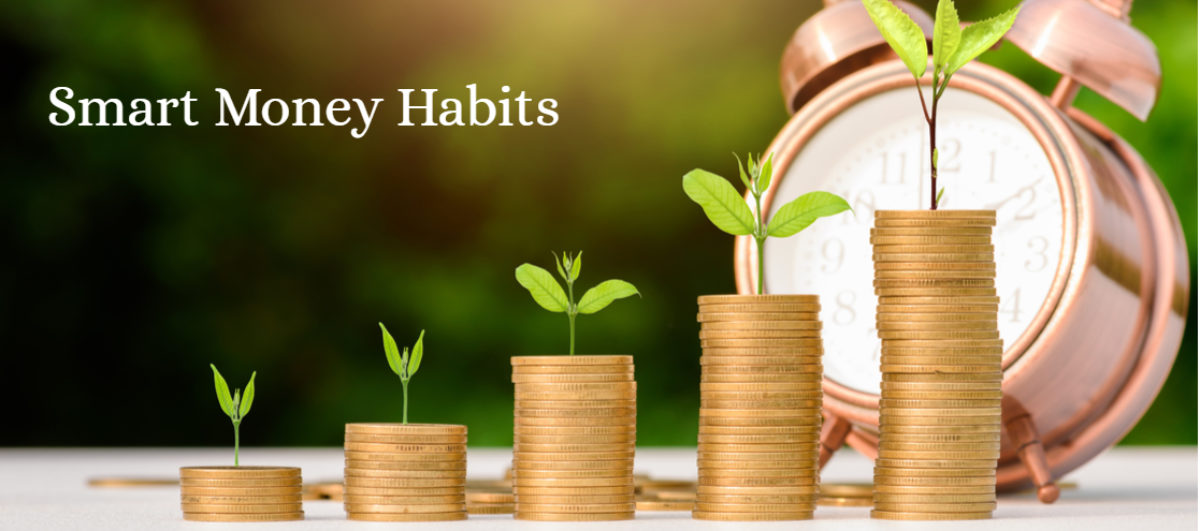Article Table of Contents
The Power of Compound Interest & Why It Pays To Start Saving NOW

What is Compound Interest?
Compound interest is a free gift! I know it is said that there isn’t anything “free” in this world, but I think compound interest is an exception. Compound Interest can be defined as the interest calculated on the initial principal/balance and also on the accumulated interest of previous periods. You get paid interest on your interest. For example, let’s say you deposit $100 into your savings account that earns 10% each year (I know it’s an unrealistic interest rate but it helps the simplicity calculation so just go with it). After year one, your bank will deposit $10 ($100*10%=$10) into your account to thank you for letting them use your money. Now you have $110 in your savings account ($100 from your initial deposit + $10 interest payment from the bank). Another year goes by…assuming you don’t add any more of your own money to the account, your bank will deposit $11 into your account. You know how we got to $10, right? We took our initial deposit of $100 and multiplied it by 10%. But where did the extra $1 come from? Well, this is the free gift part. The bank is now paying you 10% on the $10 they deposited into your account the previous year ($10*10%=$1).
Think of compound interest as “Interest on interest” which can cause wealth to rapidly snowball. Compound interest will make a deposit or loan grow at a faster rate than simple interest (interest calculated on the principal amount only).
I can’t talk about the power of compound interest in your savings accounts without mentioning the perils of this same compound interest on debt, particularly credit card debt. Please click here to read more about credit cards.
Why it’s important to save now
The magic ingredient that makes compound interest work best is time.
The simple fact is that WHEN you start saving outweighs how much you save.
An investment left untouched for a period of decades can add up to a large sum, even if you never invest another dime. Think of it as a snowball rolling down a large snow covered mountain – it may start out small, but it grows as it gains momentum.
Let me show you how compound interest works over time with an example illustrated by JP Morgan. Below, Susan, Bill, and Chris experience the same 7% annual investment rate of return. The only difference is when and how often they save.
>> Susan saves $5,000 per year beginning at age 18. At age 28, she stops. She has invested for 10 years and $50,000 total.
>> Bill invests the same $5,000 but begins where Susan left off. He begins investing at age 28 and continues to save $5,000 annually until he retires at age 58. Bill has saved for 30 years and $150,000 total.
>> Chris is our most diligent saver. He invests $5,000 per year beginning at age 18 (just like Susan) and continues to save until retirement at age 58. He has invested for 40 years and a total of $200,000.

Bill has invested 3 times as much as Susan, yet Susan’s account has a higher value. She saved for just 10 years while Bill saved for 30 years. THIS IS COMPOUND INTEREST – the investment return that Susan earned in her 10 years of saving is snowballing! The effect is so drastic that Bill can’t catch up, even if he saves for an additional 20 years.
The best scenario here is Chris, who begins saving early and never stops. Note how the amount he saved is massively higher than either Susan or Bill. Is it so astounding that Chris’ savings have grown so large? Not necessarily – what is most remarkable is how his path to riches was. Slow and steady annual savings/investments, and most importantly, beginning at an early age.
Compound interest favors those that start early, which is why it pays to start now. But, IT’S NEVER TOO LATE TO START. The point is to start.. now!

2 thoughts on “The Snowball Effect of Compound Interest”